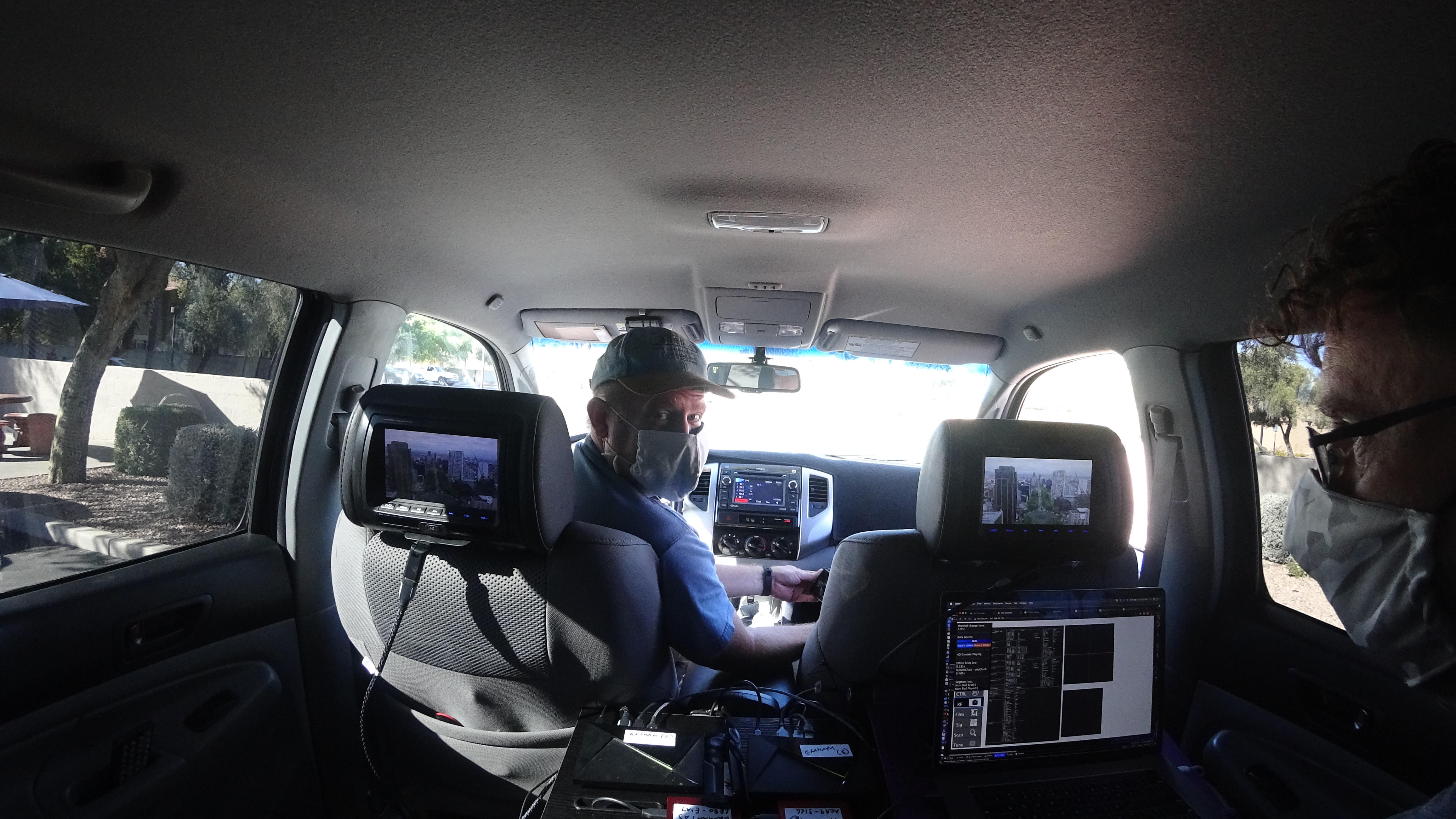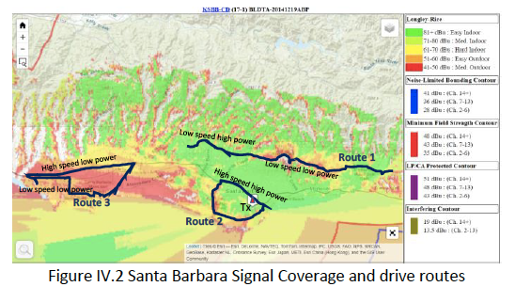Sony-Pearl Group Field Tests Demonstrate Robust ATSC 3.0 Mobility
Sony’s tech allows for use of diversity antenna reception

SAN DIEGO—Sony has released a white paper detailing field tests it recently did on mobility reception via ATSC 3.0 (aka “NextGen TV”). The tests, conducted with broadcasters from Pearl TV Group in Phoenix and News-Press and Gazette in Santa Barbara, Calif., demonstrated the advantages of using ATSC 3.0 for mobile reception, not just for consumer apps and devices, but for providing software updates to future autonomous-powered vehicles as well.
The new worldwide demodulator chips from Sony Semiconductor and related software for ATSC 3.0 created by Sony Home Entertainment and Solutions of America, were tested in a real-world environment. Difficult mountain passes and urban settings near Phoenix provided one “exceptionally complex reception challenge,” according to the company, while another route along the Pacific coast near Santa Barbara had its own difficult reception environment.
“For the field testing areas selected, there are some rolling hills, rural canyons and light urban canyon terrain causing echo delays,” said Mike Nejat, vice president of Engineering at Sony Home Entertainment and Solutions of America. “We wanted to find out if ATSC 3.0 can support multiple services, show an example configuration for automotive service, test the configuration with separate solutions in a variety of markets, terrains and driving conditions, and test the simultaneous delivery of files not related to television entertainment to see how this transmission and reception system might appeal to new customers like automakers and fleet operators.”
The Sony field testing, outlined in a paper written by engineers Luke Fay, Graham Clift and Fred Ansfield, was done to test the capabilities of ATSC 3.0 transmissions and mobile reception. Driving routes in both Phoenix and Santa Barbara were chosen based on difficult reception areas, including a circle around the Paradise Valley north of Camelback Mountain in Arizona and along Highway 192 in California. Four different routes in Arizona and two in California allowed engineers to test different signal-to-noise power levels and highway speeds above and below 55 mph.

A key finding: to accommodate all channel conditions of strong and weak signal strength, it could be beneficial to have a mix of active and passive reception antennas. “Diversity can only help reception,” the paper states.
“Sometimes simplicity contains the greatest brilliance,” said Pearl TV Chief Technical Officer Dave Folsom. “The real brilliance in Sony's chip and implementation is the use and enabling of diversity antenna reception. Pearl TV and the Phoenix Model Market partners know that mobile reception is particularly hampered by smaller, less efficient antenna systems in a motion environment with the signals reflecting off of adjacent automobiles, buildings, or terrain.
“In Sony's implementation they can use up to four antennas and their signal outputs, which likely arrive at different levels and times at any given time that are then added together efficiently,” Folsom added. “Diversity reception has been around for years and has been used in situations like wireless microphones and microwave reception. The brilliance of Sony's design is the reduction of this capability to a small chip and using it to enable efficient NextGen TV mobile reception.”
Get the TV Tech Newsletter
The professional video industry's #1 source for news, trends and product and tech information. Sign up below.
Broadcasters in Detroit recently launched a “Motown 3.0 Test Track” and expect to test the Sony implementation this spring, as part of the broader initiative now underway in Michigan. Detroit is one of more than 20 cities now broadcasting ATSC 3.0.
Tom has covered the broadcast technology market for the past 25 years, including three years handling member communications for the National Association of Broadcasters followed by a year as editor of Video Technology News and DTV Business executive newsletters for Phillips Publishing. In 1999 he launched digitalbroadcasting.com for internet B2B portal Verticalnet. He is also a charter member of the CTA's Academy of Digital TV Pioneers. Since 2001, he has been editor-in-chief of TV Tech (www.tvtech.com), the leading source of news and information on broadcast and related media technology and is a frequent contributor and moderator to the brand’s Tech Leadership events.

